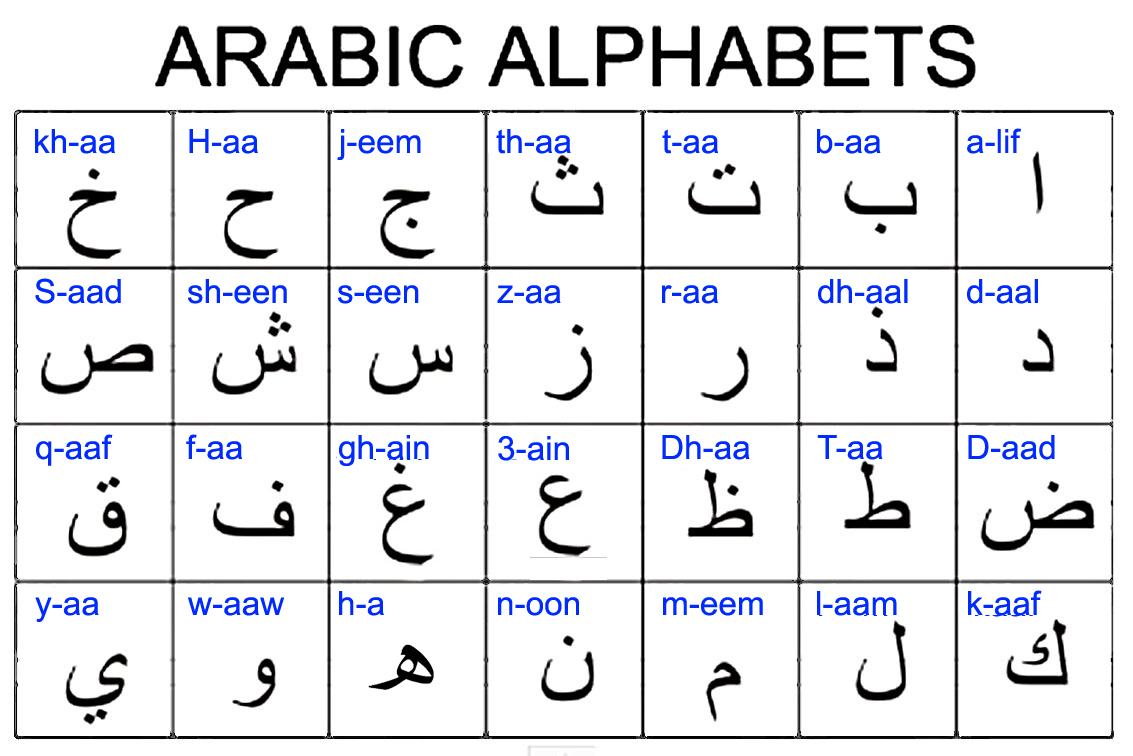The world of letters and scripts is vast and fascinating, especially when it comes to the comparison between Arabic and English alphabets. This article delves into the intricate details of letters in Arabic and English, providing insights into their differences, similarities, and the cultural significance attached to each. Understanding these letters is essential not just for language learners, but also for appreciating the rich histories and traditions that they represent.
Arabic and English are two languages that represent different linguistic families, each with its unique script and phonetic system. While English uses the Latin alphabet consisting of 26 letters, Arabic employs a script that is written from right to left, featuring 28 letters. This fundamental difference is not only a matter of writing but also reflects the cultural and historical contexts of each language.
As we explore these letters, we will uncover the phonetics, usage, and educational resources available for learners of both languages. Whether you are a student, a teacher, or simply someone interested in languages, this comprehensive guide aims to equip you with the knowledge you need to navigate the world of Arabic and English letters effectively.
Table of Contents
- Introduction
- The Arabic Alphabet
- The English Alphabet
- Comparison of Arabic and English Letters
- Cultural Significance of Letters
- Learning Resources for Arabic and English
- Common Mistakes in Learning Arabic and English Letters
- Conclusion
The Arabic Alphabet
The Arabic alphabet is composed of 28 letters, each with its distinct shape and sound. The letters are primarily consonants, and vowels are indicated using diacritics. Below is a table summarizing the Arabic letters along with their phonetic sounds:
| Letter | Phonetic Sound |
|---|---|
| ا | Alif (A) |
| ب | Ba (B) |
| ت | Ta (T) |
| ث | Tha (Th) |
| ج | Jim (J) |
| ح | Ha (H) |
| خ | Kha (Kh) |
| د | Dal (D) |
| ذ | Thal (Dh) |
| ر | Ra (R) |
| ز | Za (Z) |
| س | Seen (S) |
| ش | Sheen (Sh) |
| ص | Sad (S) |
| ض | Dad (D) |
| ط | Ta (T) |
| ظ | Za (Z) |
| ع | Ayn (A) |
| غ | Ghayn (Gh) |
| ف | Fa (F) |
| ق | Qaf (Q) |
| ك | Kaf (K) |
| ل | Lam (L) |
| م | Meem (M) |
| ن | Noon (N) |
| ه | Ha (H) |
| ي | Ya (Y) |
Diacritics in Arabic
In Arabic, diacritics are used to indicate short vowels and other phonetic nuances. The most common diacritics include:
- Fatha ( ـَ ) - indicates a short "a" sound.
- Damma ( ـُ ) - indicates a short "u" sound.
- Kasra ( ـِ ) - indicates a short "i" sound.
The English Alphabet
The English alphabet consists of 26 letters, categorized into vowels and consonants. Below is a table summarizing the English letters:


